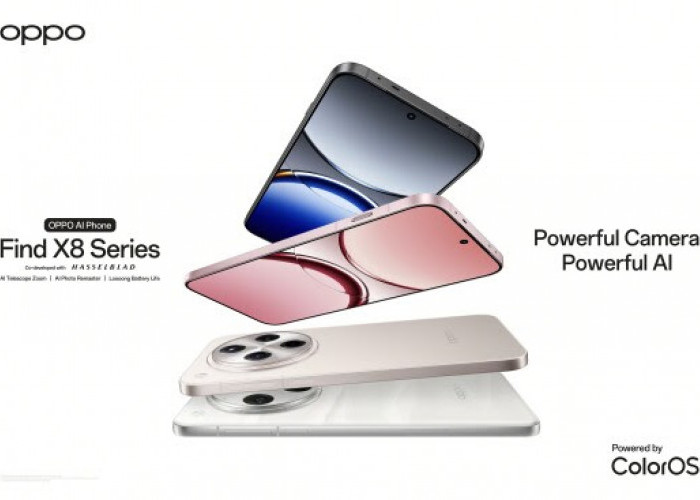OPPO's Journey to Ultimate Smoothness: The Tech Powering ColorOS 14's Trinity Engine, Smart Features, and the

One of OPPO's first breakthroughs in delivering the ultimate smooth--
"For example, we are capable of doubling the current speed of our animations, but when the user actually sees them, they appear too abrupt. Realizing this has completely changed my point of view and taught me that it's pointless to compete on data alone."
The brand-new Aquamorphic Effects in ColorOS 14 showcase how this insight has been put into practice. Contrary to what might be expected, the animations of these new effects have actually been optimized by reducing the speed from 380 milliseconds to a more user-friendly 750 milliseconds. By refining the dynamic effect logic in ColorOS 14, every interaction has been made more intuitive and fluid.
This is just one example of how OPPO has introduced Human Factors Analysis into the design of the OS. This is a discipline that specializes in the study of human interaction with machines and environments in order to make machines or systems more adaptable to human physiological and psychological characteristics. Through Human Factor Analysis, Hong learned that the human eye can only detect changes at intervals of about 100-150 milliseconds or more. If changes occur in less than 100 milliseconds, most people simply cannot tell the difference. This means that, even if the hardware is capable of doing so, there is no reason to engineer system response times as low as 50 milliseconds.
At the same time, Hong also became aware of a concept in psychology known as 'negative bias', in which people tend to remember only specific negative moments, even if the overall experience is positive. For example, if you only encounter a single delay once in every one hundred times you start an application, you are still more likely to remember this one negative moment and perceive the overall experience as being negative on the whole. The implications of this are that it is stability and consistency, rather than occasional bursts of speed, that determine how smooth the user experience is perceived.
In order to provide this level of consistently smooth experience throughout the operating life of our mobile devices, OPPO has introduced Human Factors Analysis into multiple aspects of ColorOS. One of the decisions that came from this was to set the response speed of application launches to 135 milliseconds. Through millions of repeated tests, OPPO also identified and solved extremely low-likelihood consistency issues in areas like touch feedback, software concurrency, display delay, and more. The result is a consistent response time in the 100-150 millisecond range for all aspects of the UI with no perceivable fluctuations.
Sumber:













